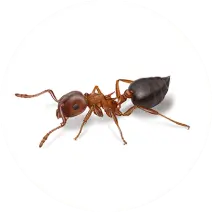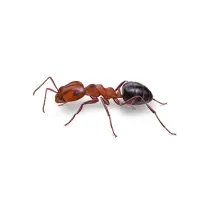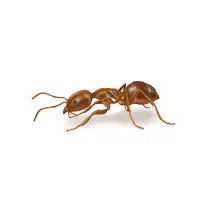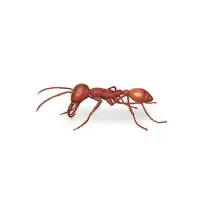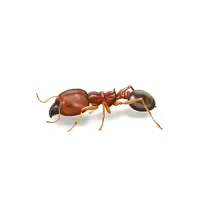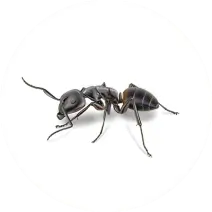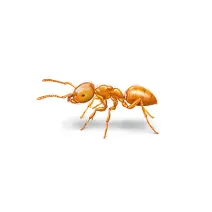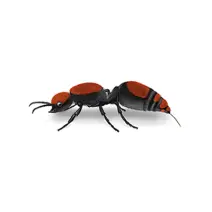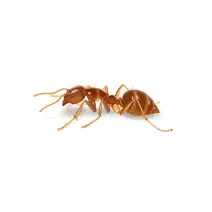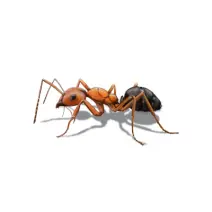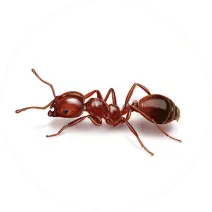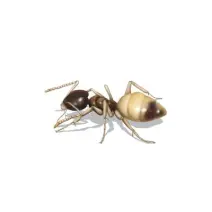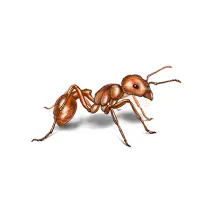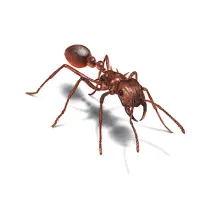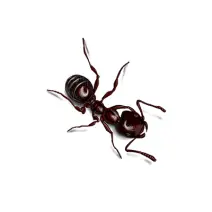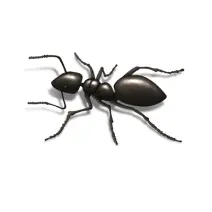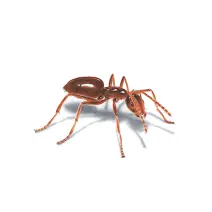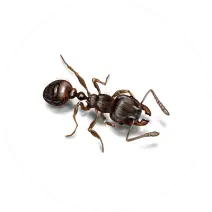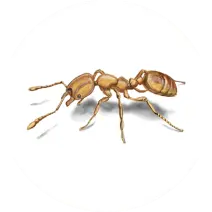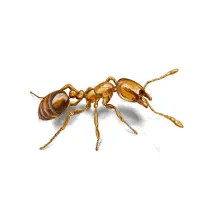How To Identify & Control Ants
What do ants look like?
Ants are fascinating creatures that belong to the insect order Hymenoptera and the family Formicidae. With over 12,000 known species, ants are incredibly diverse in appearance, behavior, and habitat. Despite this diversity, they share several common physical characteristics.
Firstly, ants are typically small insects, ranging in size from as tiny as 0.08 inches (2 millimeters) to as large as 2 inches (50 millimeters) in length, depending on the species. Their bodies are divided into three main segments: the head, thorax, and abdomen.
The head of an ant contains several important features. Most notably, ants have a pair of large, segmented antennae that protrude from their heads. These antennae serve as highly sensitive organs, aiding ants in navigation, communication, and detecting food and potential threats. Ants also possess powerful mandibles, or jaws, which vary in shape and size depending on the ant species and its dietary preferences. Some ants have mandibles adapted for biting and cutting, while others have mandibles designed for grasping and carrying objects.
Ants have compound eyes, which are composed of numerous tiny lenses that allow them to detect light, shapes, and movement. While their vision is generally poor compared to humans, ants compensate with their other senses, such as smell and touch.
The thorax of an ant is where the legs and wings are attached. Most ant species have six legs, each equipped with specialized structures for walking, climbing, and grasping. These legs are typically slender and segmented, enabling ants to move efficiently across various terrains. However, some ants have modified legs suited for specific tasks, such as digging tunnels or gripping onto surfaces.
Not all ants have wings, but those that do belong to reproductive castes, such as queens and males. The presence of wings distinguishes these individuals from the non-reproductive worker ants. In winged ants, the thorax may appear enlarged to accommodate flight muscles, especially in the case of males. However, worker ants, which make up the majority of the colony, lack wings and have a more streamlined thorax suited for laborious tasks.
The abdomen of an ant is typically characterized by its flexibility and segmentation. This section of the body houses vital organs such as the digestive system and reproductive organs. In worker ants, the abdomen may appear compact and rounded, while in reproductive individuals like queens, it can be larger and elongated to accommodate developing eggs.
Ants come in a wide array of colors, ranging from shades of black, brown, and red to yellow, green, and even metallic hues. The coloration of an ant species often correlates with its habitat and behavior, providing camouflage or warning signals to potential predators. Some ants exhibit striking patterns or markings on their bodies, which may serve as recognition signals within their colonies or as a deterrent to predators.
In addition to their external appearance, ants also possess unique adaptations that contribute to their remarkable success as a group. For instance, many ant species are equipped with powerful mandibular glands capable of producing and secreting various chemicals, including pheromones. These chemical signals play a crucial role in communication, allowing ants to coordinate activities such as foraging, defense, and reproduction.
Another notable feature of ants is their ability to exhibit polymorphism, meaning they can exist in different physical forms within the same colony. This phenomenon results in the presence of distinct castes, each specialized for specific tasks. For example, within a colony, there may be workers responsible for foraging and caring for the young, soldiers tasked with defending the nest, and reproductive individuals focused on mating and founding new colonies.
Overall, ants display a remarkable diversity of physical traits and adaptations that enable them to thrive in a wide range of environments across the globe. From their segmented bodies and specialized appendages to their intricate communication systems and cooperative behaviors, ants continue to captivate scientists and enthusiasts alike with their fascinating biology and social complexity.
Related Articles: How to Get Rid of Ants
Types of ANTS In Kansas and Missouri
